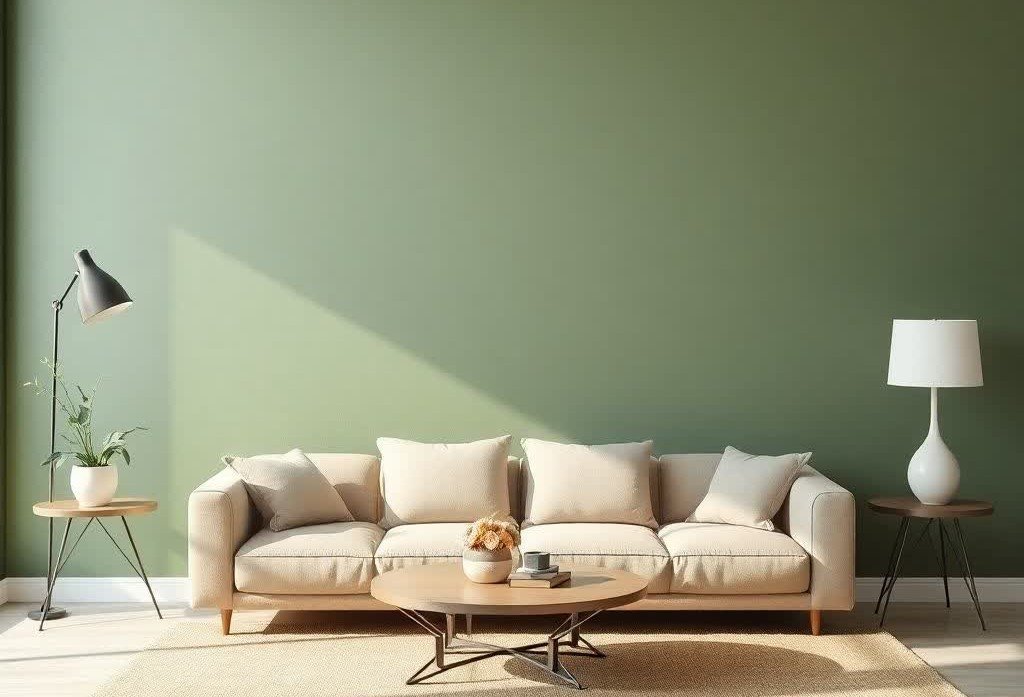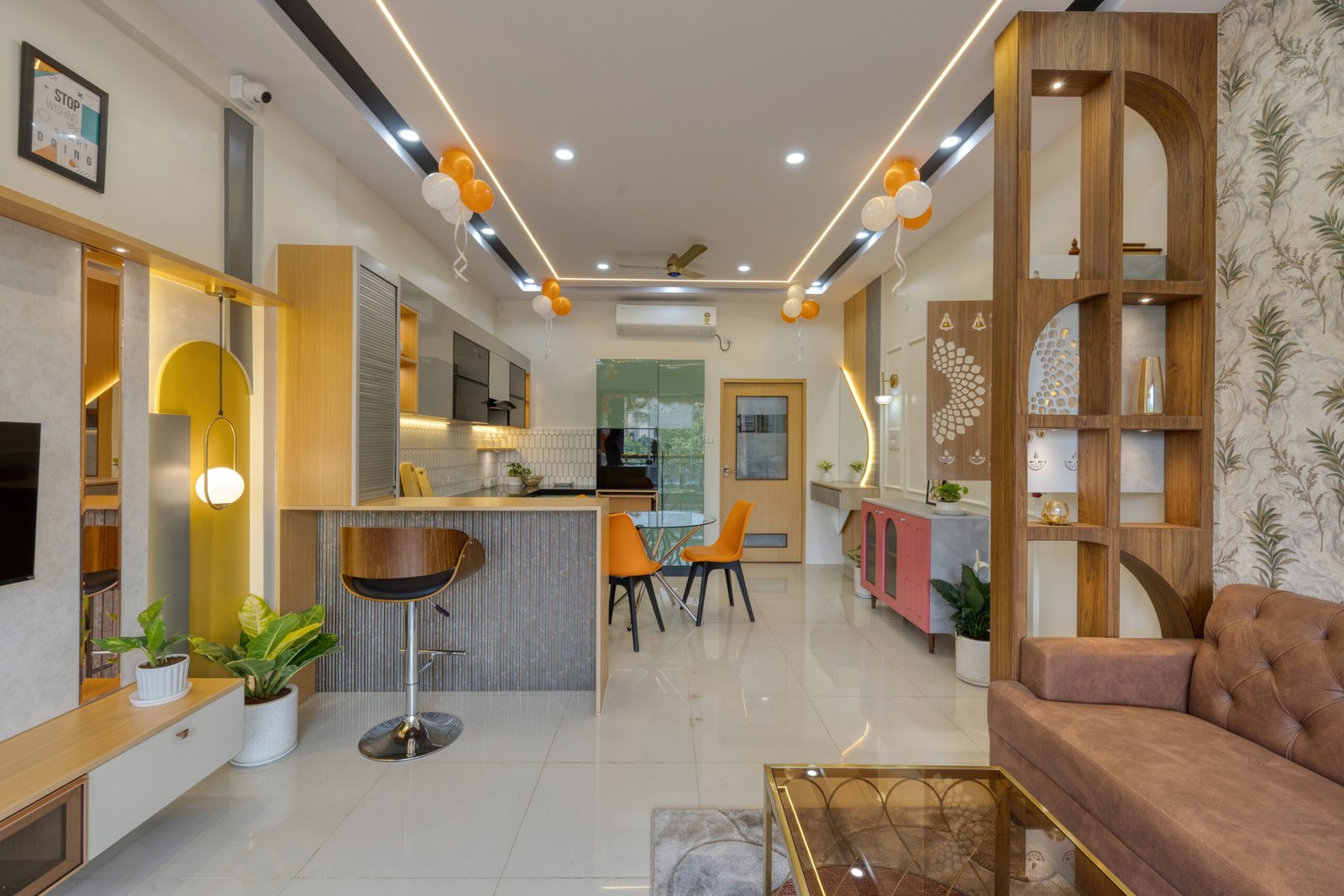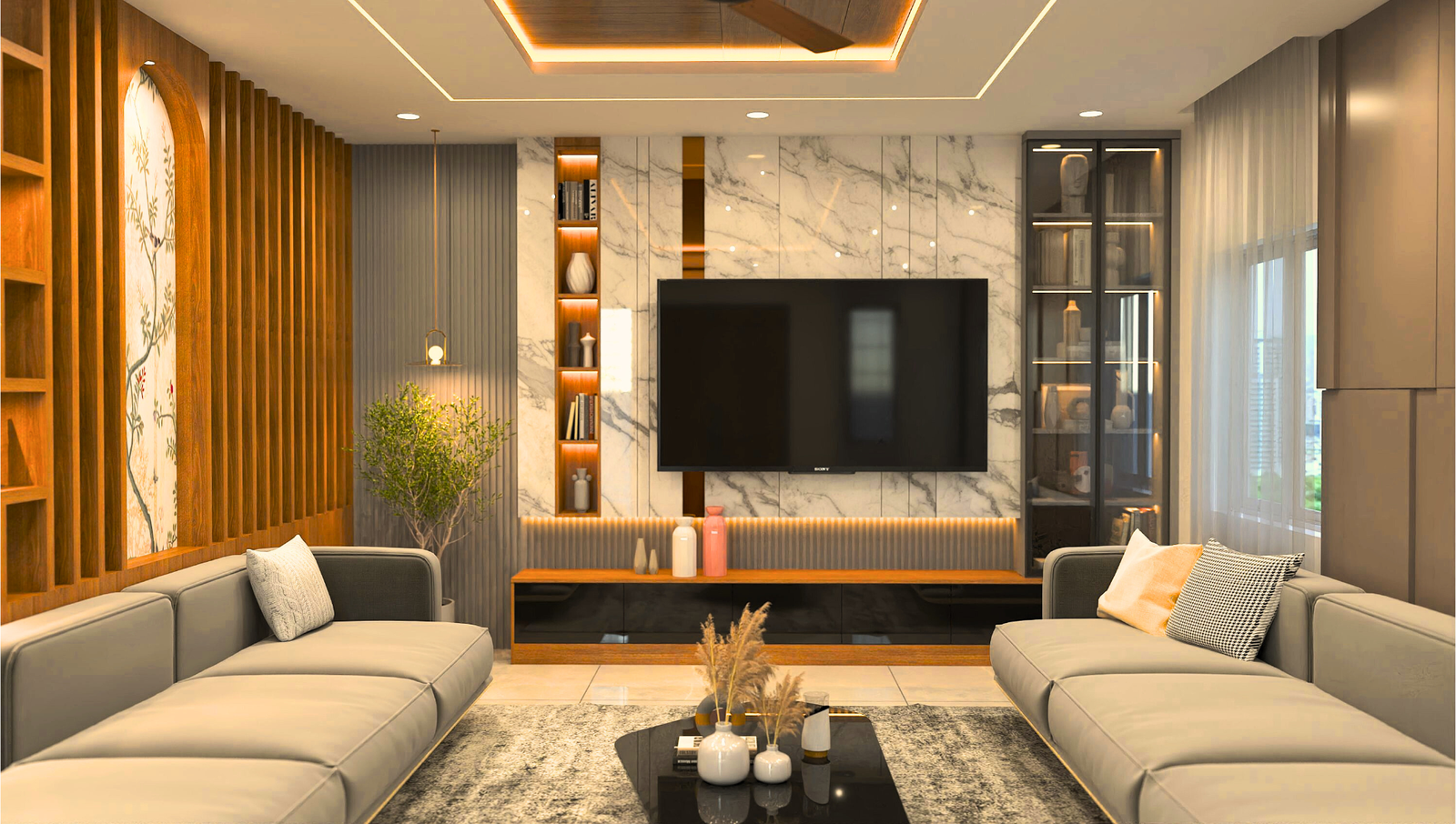Introduction to Interior Design
Interior design is a creative process that can transform your living space into a beautiful and functional environment. However, deciding whether to tackle an interior design project yourself or hire a professional can be challenging. This blog post explores when it’s feasible to DIY and when it’s better to hire a pro.

When to DIY Interior Design
Interior design is about creating a space that reflects your personality and meets your functional needs. While hiring a professional is often beneficial, there are times when doing it yourself can be both rewarding and cost-effective. Here are a few scenarios where DIY interior design makes sense:
-
Budget-Friendly Projects
DIY interior design is perfect for smaller projects where hiring a professional may not be financially viable. If you’re working with a tight budget, choosing paint colors, rearranging furniture, or adding decorative touches like art and plants can completely transform a space without breaking the bank. -
Personal Touch
When you want to create a deeply personal space, doing it yourself ensures that every element reflects your tastes and style. This is ideal for those who enjoy creativity and prefer experimenting with different ideas until they find the perfect design. -
Simple Renovations
If your space only requires minor updates like swapping out textiles, adding new lighting, or refreshing accessories, these are projects you can handle on your own with basic tools and a bit of research. A weekend of DIY can bring about stunning changes without the need for a full renovation team. -
Hands-On Experience
DIY interior design is great for those who love hands-on projects and learning new skills. From painting walls to building simple furniture pieces, tackling a design project yourself offers a sense of accomplishment and enhances your understanding of design principles. -
Flexibility and Control
With DIY, you have complete control over the timeline and choices. You can experiment with different layouts, colors, and materials at your own pace. This flexibility is ideal for those who want to avoid feeling rushed or constrained by professional schedules. -
Customization
DIY projects allow you to customize every detail of your space. Whether it’s refurbishing old furniture or creating bespoke décor items, you can craft something unique and tailored exactly to your vision.
For smaller projects, DIY interior design can be a rewarding and cost-effective option. If you’re looking to repaint a room, rearrange furniture, or add in some new decor, going the DIY route is typically manageable. These tasks require minimal specialized knowledge and can be a fun way to personalize your space. Additionally, there are numerous resources and tutorials available online that can guide you through these simpler projects.

When to Hire a Professional
Interior design can transform a space, but knowing when to bring in a professional can make a significant difference in the outcome. Here are scenarios where hiring an expert is the best option:
-
Complex Projects
If your design project involves structural changes, moving walls, or dealing with plumbing and electrical systems, a professional interior designer is essential. Their expertise ensures that the project is done safely, complies with regulations, and avoids costly mistakes that could arise from inexperience. -
New Construction or Major Renovations
Designing a new home or undergoing a large-scale renovation requires extensive planning, attention to detail, and a thorough understanding of spatial flow, materials, and aesthetics. A professional can help you navigate these complexities and manage contractors, ensuring the project runs smoothly from start to finish. -
Maximizing Space and Functionality
When dealing with challenging layouts or small spaces, an experienced designer knows how to optimize every inch, ensuring that both form and function are balanced. They bring creative solutions that can turn awkward spaces into efficient, beautiful environments. -
A Cohesive Vision
If you’re struggling to create a cohesive design that reflects your style and vision, a professional can step in with fresh ideas and a trained eye. They understand how to blend various elements—colors, textures, furniture, and décor—into a harmonious and appealing space that reflects your taste. -
Budget Management
A common misconception is that hiring a professional is too expensive. In reality, they can help you avoid costly errors, stick to your budget, and allocate resources wisely. Their industry connections can also help secure discounts on materials and furniture, often offsetting the design fees. -
Access to Resources and Expertise
Professional designers have access to a wide range of high-quality products, finishes, and furnishings that may not be available to the general public. They also have established relationships with contractors, vendors, and artisans, ensuring the best craftsmanship and materials for your project. -
Time Constraints
If you have a tight deadline or lack the time to focus on your interior design project, hiring a professional is the best option. They can manage everything from initial concept to final execution, saving you time, stress, and the hassle of coordinating various elements. -
Long-Term Investment
A professional interior designer brings long-term value to your home. Whether you’re preparing your property for sale or creating a dream space for your family, their expertise ensures that the design is not only stylish but also timeless and functional, adding value to your home.
For larger or more complex projects, hiring a professional interior designer is often the better choice. Pros bring expertise in space planning, color theory, and materials that can save you time, energy, and potentially money in the long run. For instance, if you’re planning a major renovation, such as remodeling a kitchen or bathroom, a professional can ensure the project is done correctly and to code. Furthermore, a designer can offer access to exclusive resources and can manage the project from start to finish, alleviating stress and ensuring a polished result.
Balancing DIY and Professional Help
Sometimes, a balanced approach is the best solution. Consider doing some of the simpler tasks yourself while leaving the more complex elements to a professional. For example, you might handle the painting and decorating but hire a designer for the layout planning and structural changes. This way, you can enjoy the satisfaction of DIY while still benefiting from professional expertise.
Conclusion
Whether you choose to DIY or hire a professional depends largely on your project’s scope and your comfort level with design tasks. By understanding when to do it yourself and when to seek help, you can achieve the best results for your interior design project. Happy decorating!








